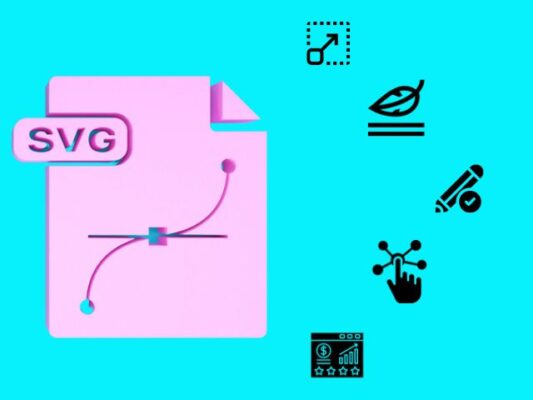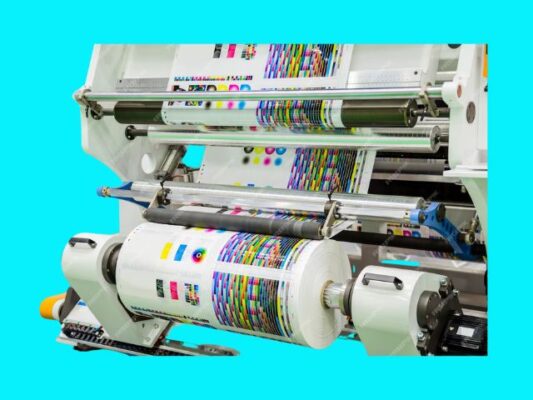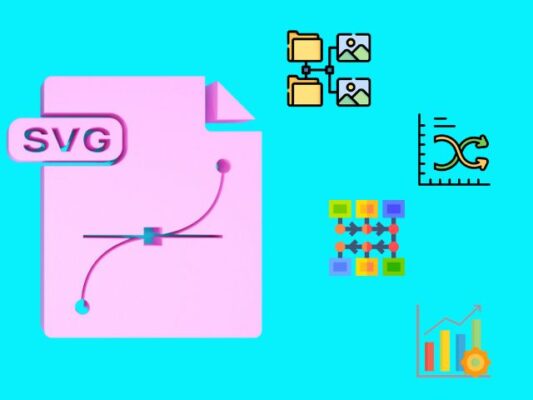In the field of digital graphics, Scalable Vector Graphics (SVG) has emerged as a transformative format that challenges conventional notions of image representation. Unlike pixel-based raster images, SVG relies on mathematical equations to define shapes and lines, providing unprecedented flexibility and clarity. In this article, I – an Electrical Engineer will help you delve into the complexities of SVG, exploring its characteristics, applications, and the balance between advantages and limitations.
Contents
What are Scalable Vector Graphics?
At its core, SVG (Scalable Vector Graphics) uses eXtensible markup language (XML) to describe two-dimensional vector graphics. This helps the format represent images with precision and detail, giving SVG immeasurable value in a variety of design contexts. The uniqueness of SVG lies in its scalability, i.e. its ability to maintain image quality even when resized. This is a result of the use of mathematical equations in the image creation process, giving the format an important and unique characteristic.
SVG (scalable vector graphic) is a fairly new vector file format designed for use on web sites. It took a while for it to become standard, but now all the major browsers can read the format and it is often used on websites for things like logos. Although generally used as a file, with a .svg extension, an SVG Image can also be generated directly in an HTML file using tags. You can edit and create SVG files using a program like Adobe Illustrator.
Eric Normann – Graphic Designer and Web Developer
Benefits of SVG Files

Scalability
SVG’s mathematical foundation allows for seamless scaling without compromising on image quality, making it an ideal choice for graphics that need to adapt to various sizes.
Lightweight
SVG files are notably lightweight compared to their raster counterparts. Their reduced file size contributes to faster loading times, particularly advantageous for web applications.
Editability
SVG’s reliance on vector graphics renders it highly editable. Designers can easily modify and manipulate SVG images using various tools, providing flexibility in creating and customizing graphics.
Interactivity
SVG supports interactivity, allowing the integration of dynamic elements within images through JavaScript. This feature is crucial for creating engaging and responsive graphics in interactive websites and applications.
SEO Benefits
The textual nature of SVG enables search engines to index and interpret the content within the image. This contributes to better SEO by improving the visibility of web content.
Where are Scalable Vector Graphics Used?
SVG finds applications in various domains, including:
Web Design
SVG’s scalability and lightweight nature make it a preferred choice for web designers, contributing to enhanced user experience and faster loading times.

User Interfaces
In user interface design, SVG’s editability and support for interactivity allow designers to create dynamic and visually appealing elements.

Print Media
SVG’s precision in detailing images makes it suitable for print media, ensuring high-quality graphics in publications and promotional materials.

Limitations of SVG Files
Complex Images
SVG may not be optimal for highly complex images or detailed photographs, as it excels in simpler graphics and icons.
Learning Curve
Working with SVG files can be challenging for those unfamiliar with XML. Learning the basics of XML is essential for effective SVG manipulation.
Code Complexity
Creating intricate SVG files can result in verbose and complex code, potentially overwhelming beginners or those seeking a simpler image format.
Rendering Performance
In scenarios with extensive and intricate graphics, SVG rendering may face performance issues, impacting display speed and user experience.

In short, Scalable Vector Graphics represents a revolutionary approach to digital imaging. Their scalability, lightweight nature, and versatility make them the preferred choice in my various design situations. Additionally, SVG’s ability to scale, maintain quality, and support interactivity make it a powerful tool for modern graphic design and web development. I believe that as technology advances, SVG is poised to play an increasingly indispensable role in shaping the visual landscape of the digital world.
Related Posts







